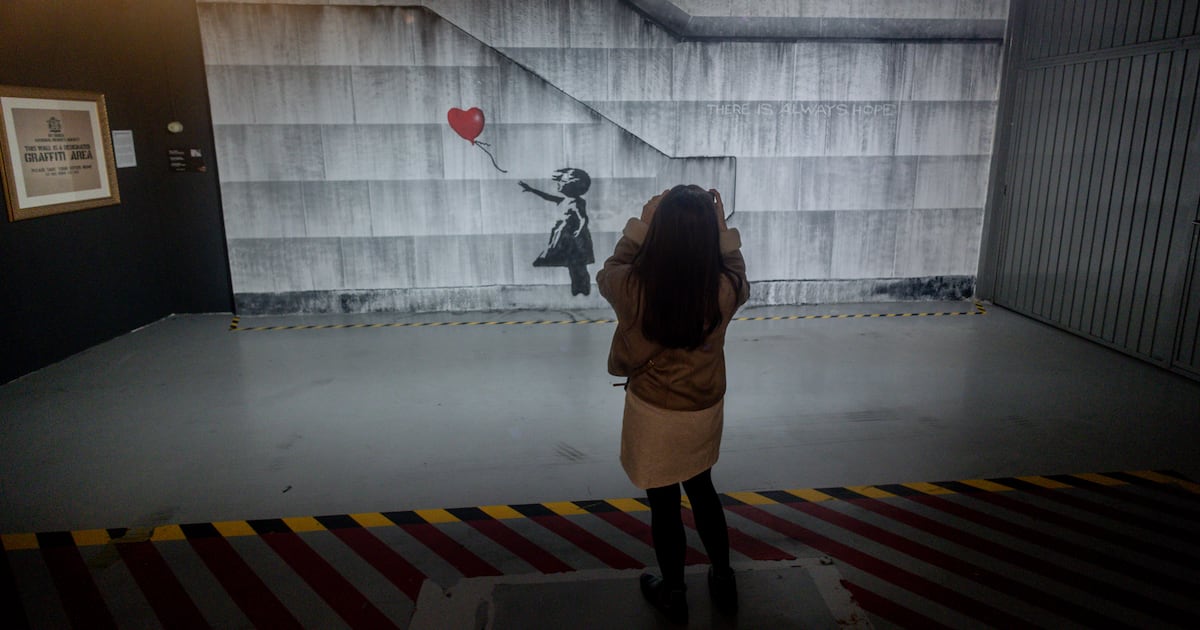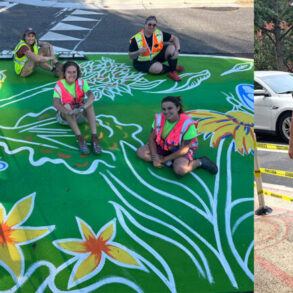
So: you’re going on holiday and you want to buy a book. The problem is, you don’t often read books.
Don’t feel bad about that. There’s so much stuff demanding to be consumed, we have to operate a sort of cultural triage. I can squeeze in perhaps 30 minutes of reading a day, but other than that I’m working, sleeping, eating, travelling, watching TV, having social interactions and occasionally going to the toilet.
That’s why I don’t listen to podcasts. Yeah. Deal with it.
One way people choose books is through author endorsements on the back cover. You know the thing: breathlessly enthusiastic quotes from well-established writers who slather praise over the tome you’re holding.
But having read the book, you might think: really? I wasn’t swept up in a maelstrom of emotions. I wasn’t floored, or astounded or shocked. Is it me? Am I a bit thick?
Maybe. Or maybe – just maybe – the author who gave the endorsement only skimmed the book. Or was doing a favour for a friend. Or the publisher. Or an agent. Or all of them. It’s well-intentioned, mostly. (Few get rich from publishing books.) But it shows that art can never be divorced from commerce and the interpersonal politics it produces.
Once you’re flogging your work for vast sums in New York or London, you’re not just an artist any more. You’re a business
It’s further up the artistic food chain – particularly in visual art – that it becomes morally dubious. It’s not the art itself. Lines of colour or reflective bubble sculptures are grand if that’s what you’re into: even if they are a bit dry and self-referencing, with no great relationship to the real world.
Yes, I’m probably a vulgarian. And no, I’m not arguing that pictures should always look like things. My point is more about the relationship between high-end abstract art and money.
The tradition of the rich and powerful owning artists and the work they produce is centuries old and continues to this day. Corporations and governments and rich narcissists all do it: owning expensive art is a projection of power.
Most artists would (I presume) argue that art should be for everyone, and many live by that philosophy. But once you’re flogging your work for vast sums in New York or London, you’re not just an artist any more. You’re a business, pandering to the wealthy.
Except for one: arguably the best-known artist in the world.
A while ago I got to see an exhibition of the works of Banksy in Barcelona, at the new Banksy Museum. Because of the way he works with stencils, these works would be more accurately described as copies of copies. But collected together, and with the all-important explanation of the context of each mural, it was powerful, funny, poignant, moving and depressing. I left it with a sense of the global scale of human suffering and injustice, with the itchy feeling that we should all be doing more about our world: which, I imagine, is just how he wants us to feel. Bubble-sculptures won’t provoke that reaction.
Despite the best efforts of some sections of the British media, Banksy’s identity has never been revealed, and he would like to keep it that way. Ostensibly, this is to provide him with legal protection. In many of the countries he has operated in, his work is not regarded as street art, but criminal damage.
I don’t want to know who he is either, though I am intrigued as to how he does it: how much preparation is involved? Does he have a team? Does he have look-outs?
I don’t want to know who he is because anonymity protects Banksy from the influence of money – it insulates him as an artist. Even though some of his pieces have sold for large sums, he’s managed to avoid the corrupting influence of elite galleries and auction houses and their billionaire clients. Literally and figuratively, his art is on the outside. It’s placed in the world it describes. Technically, it’s vandalism. But that’s part of the point. And right now, perhaps just what we need.
This post was originally published on this site be sure to check out more of their content








